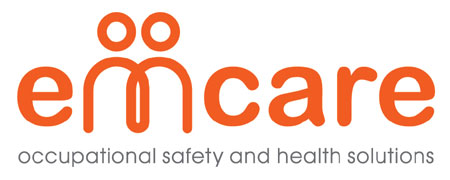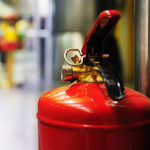Updates on HSE’s Guidance Update Concerning Life Threatening Bleeding
Many of us might associate severe bleeding events with car accidents and stabbings. But some such events are the result of workplace accidents.
Past versions of the HSE’s Guidance to the Health and Safety (First Aid) Regulations 1981 have included administering first aid to those who are bleeding as part of emergency first-aid at work training and as part of the annual refresher course. But the HSE has now amended its Guidance to provide more direction on what employers should do if they identify “life-threatening bleeding” (the term it uses now instead of “catastrophic bleeding”) as a risk in their workplace.
The Guidance now specifically includes life-threatening bleeding in the checklist for assessment of first aid needs as part of examining a workplace’s record of accidents. In the same section, employers are also told to “Ensure your first-aid provision will cater for the types of injuries and illnesses that have occurred in your workplace. Monitor accidents and ill health and review your first-aid provision as appropriate.”1
The 2018 version of the Guidance first referenced life-threatening bleeding indirectly when it said that first-aid materials and equipment should include a tourniquet and haemostatic dressings. The 2024 version of the Guidance has added wound packing materials (sterile gauze).2
The prior and current versions of the Guidance urge that when choosing a training provider, an employer must be sure that the provider will deliver content that is in keeping with the employer’s needs assessment. However, the revised Guidelines have added this sentence: “For example, if the needs assessment has identified that first-aiders may have to manage life-threatening bleeding, employers should ensure the training provider includes this on an FAW course.”3
The Guidance also states that although the Regulations don’t require employers to provide first aid to non-employees, it is strongly recommended that organizations that provide a service for others should include such individuals in their assessment of first aid needs and make provision for them. The Guidance’s recent amendments say specifically that including such individuals may require first aiders to receive additional training in the “management of life-threatening bleeding.”4
This caution to protect not only employees but also the public is repeated in the Guidance’s Appendix 4: Additional training that may be required after a first aid needs assessment. This appendix remains unchanged from the prior version when it says that “Employers of people working in hospitality, events or other relevant sectors should consider additional training to prepare for injuries to colleagues or the public, resulting from terrorist acts or other violent incidents.” However, this Appendix has been updated to state that additional training for first aiders may include wound packing in addition to the application of haemostatic dressings and/or tourniquets and that this training is specifically for “life-threatening bleeding.”5
Recognizing how important first aid for life-threatening bleeding is, Stewart First Aid Training teaches short courses on the use of bleed kits, which are packages that contain items to help stop the flow of blood in the event of a life-threatening bleeding event. We can also add it to the following courses for particular industries where the risk is high: HSE First Aid at Work, HSE First Aid at Work Requalification, and HSE Emergency First Aid at Work. We also sell bleed kits. To book courses or buy your bleed kit, email us at info@stewartfirstaid.com or call us at 0800 16 32 09.
Sources
- First aid at work: Guidance on regulations, https://www.hse.gov.uk/pubns/books/l74.htm?utm_source=govdelivery&utm_medium=email&utm_campaign=guidance-push&utm_term=l74&utm_content=first-aid-12-feb-24, Guidance 3, Needs assessment, paragraph 11, Table 1 Checklist for assessment of first-aid needs, Accidents and ill-health record, page 11.
- Ibid, Guidance 3, Additional first-aid materials and equipment, paragraph 39, page 17.
- Ibid., Guidance 3, First-aid training, paragraph 59, page 20.
- Ibid., Guidance 3, Needs assessment, First-aid provision for non-employees, paragraph 28, page 16.
- Ibid., Appendix 4: Additional training that may be required after a first aid needs assessment, Table 3: Table of examples of additional training needs, page 34.



